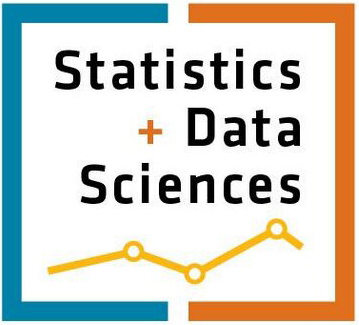The University of Texas COVID-19 Modeling Consortium
Note: Our model uses COVID-19 hospitalization data and anonymized cell phone mobility data provided by SafeGraph for the Austin-Round Rock MSA to estimate the local state of the pandemic and to make short-term projections of COVID-19 hospitalizations and ICU needs.
The effective reproduction number R(t) is an epidemiological quantity used to describe the contagiousness of a disease. An epidemic is expected to continue if R(t) is greater than one and to end if R(t) is less than one. It can be interpreted as the average number of people that an infected case will infect. The value of R(t) depends on the basic infectiousness of the disease, the number of people that are susceptible to infection, and the impact of social distancing, mask wearing and other measures to slow transmission.
The probability the epidemic is growing is equal to our estimated probability that R(t) is greater than one.
The doubling time is the estimated number of days it takes for the number of newly infected COVID-19 cases in the Austin area to double.
The14-day change is the estimated increase/decrease in the number of newly infected cases as compared to two weeks prior.
For more detailed information visit Austin COVID-19 transmission estimates and healthcare projections.






